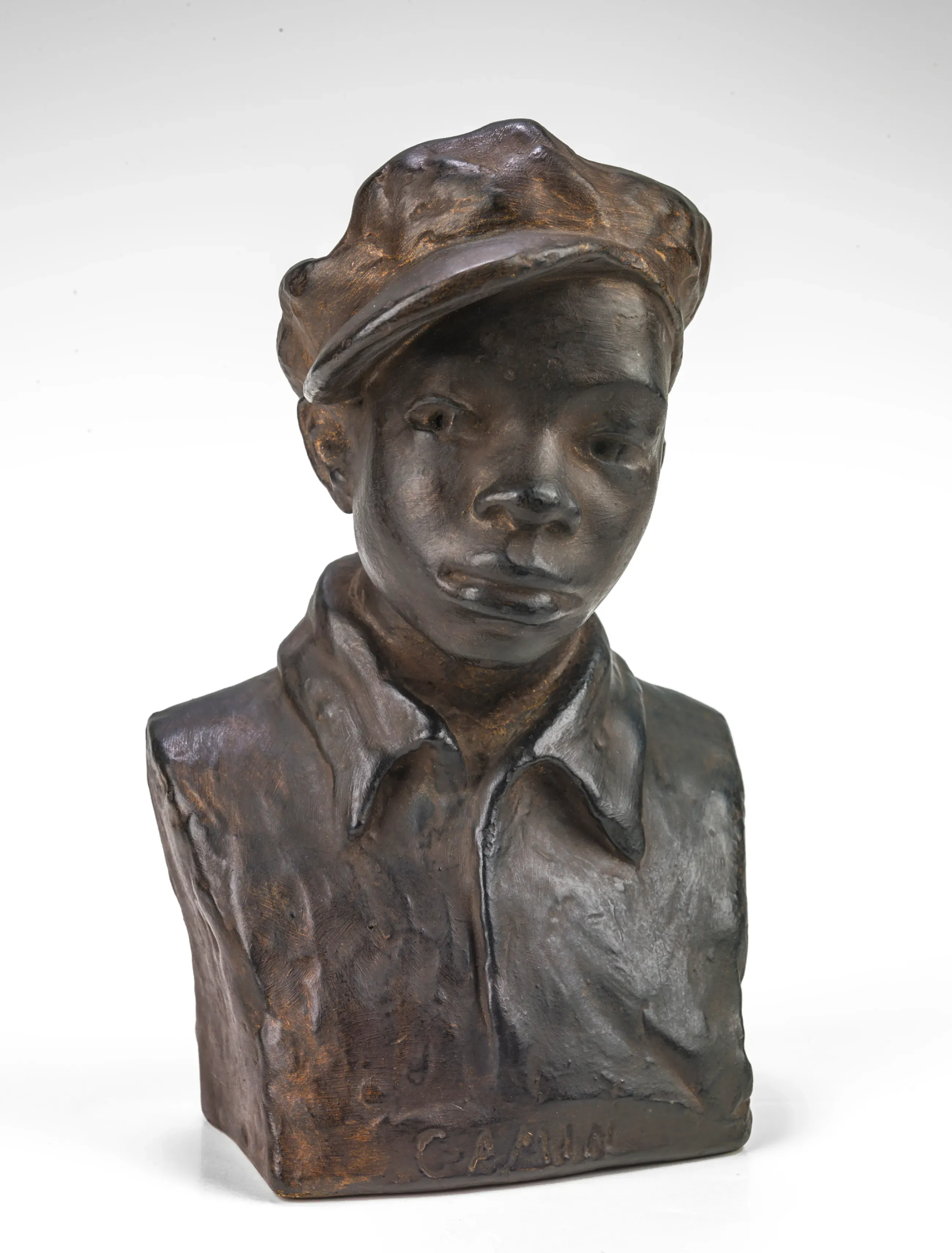Married in 1907 at the age of fifteen, Savage was widowed shortly after the birth of their daughter. She divorced her second husband in 1920, and she lost her third husband to pneumonia in 1939.
In 1919, her sculpting prowess won her prize-winning recognition for the most original exhibit at the Palm Beach County Fair. After seeking commissions in Jacksonville, Florida, Savage moved to New York City in 1921, where she studied at the scholarship-based Cooper Union school, beating out 142 other people on the waiting list. Completing the four-year degree program in just three years, she got her first commission from the New York Public Library for a bust of W. E. B. DuBois. Working at a Manhattan steam laundry to support her family, Savage’s superb skills led to more commissions, including busts of Jamaican political activist Marcus Garvey and important NAACP member, William Pickens Sr.





























